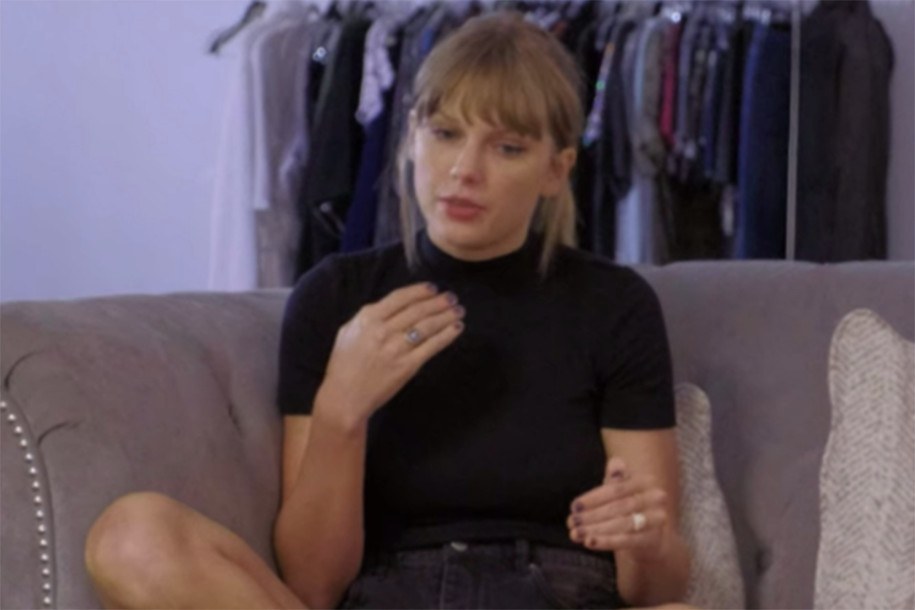Miss Americana's Director Says Her Female Crew Wasn't Taken Seriously While Filming Taylor Swift

LW: I thought that was so moving and brilliant, and I loved Taylor’s response to her, too. I thought what Nikki Glaser was saying made so much sense. She said, “This is Psych 101; I was projecting because I was struggling with an eating disorder at the time.” I thought that was a really brave and incredible thing to say. That made me think about if there’s ever been a time where I’ve made fun of someone, I was probably projecting my own insecurities on them as well, you know? We did notice when we were looking at that archival material that a lot of that stuff was coming from other women.
God, I almost tear up like thinking about some of the notes I’ve gotten from teenagers about how they look in the mirror and they hate their body and they hate the way they look. But now that they’ve seen that Taylor has struggled with some of these same things too, and she’s gotten through it and she’s stronger and happier as a result, and that inspires them to keep going. It’s just so moving.
What was the most unexpected thing about filming Taylor?
LW: The contrast between the extraordinary elements of her life and the ordinary elements. [There are] the very big and massive, spectacular, glittery times, but then these very mundane, normal moments. I really love the scene where she’s eating a burrito. I know people have really responded to this scene, and I think it’s because it’s just her putting a chip in a burrito for crunch. There’s something so great about when you get to a point when you’re filming someone and they can relax enough to eat lunch and shoot the shit with their friends in front of you.
When you can film the boring stuff and you have that comfort level with someone, then you know you have access. You know, at that point. It’s weird, but that was like a breakthrough moment for me because it feels like the camera isn’t there.
When did that moment come? How long had you been filming her before you felt like you broke through to that point?
LW: At least a few months. But I will say that the first interview we did was the first interview she’d done in three years, and we did that audio-only. I think that was the moment when we really got to know each other and when I really started to see what the story of the film was, that first audio-only interview. It was just me and her, in a room for hours with a recorder.
Did any of that audio make it into the film?
LW: Oh yeah. When she talks about the sexual assault trial, that’s from the audio interview.
Did Swift see the film at different points in the editing process, or did she not see it until it was finished?
LW: I wanted her to see it before it was finished because there’s stuff in here—like her talking about an eating disorder—that I think is really important for her to be comfortable with that kind of stuff going out into the world. It was great because when we showed her the first cut, she loved it immediately. She was never like, ‘No, I don’t want to go there.’ There was no off-limits area other than anything that would compromise her security.
Taylor’s feedback was great. It wasn’t like, ‘Oh no, we can’t do this.’ It was feedback from another storyteller. She’s such an extraordinary storyteller. So it made sense to me.
Before I let you go, I have to ask: When InStyle asked you about a potential engagement ring you said, “I’ll have to watch the scene again.” Did you watch the scene again?
LW: I was confused by what that person was talking about. They said it’s the scene in the car where she was talking about her eating disorder, that there were flash frames of a ring. And I was like, I don’t remember that. There was definitely nothing like that there. I know that people on the internet are freaking out about this later scene where she’s wearing a ring. I don’t know anything about…I think she just wears a lot of rings. I think people are overreacting to it a little bit. As far as I could see she’s constantly just wearing lots of rings! [Laughs]



